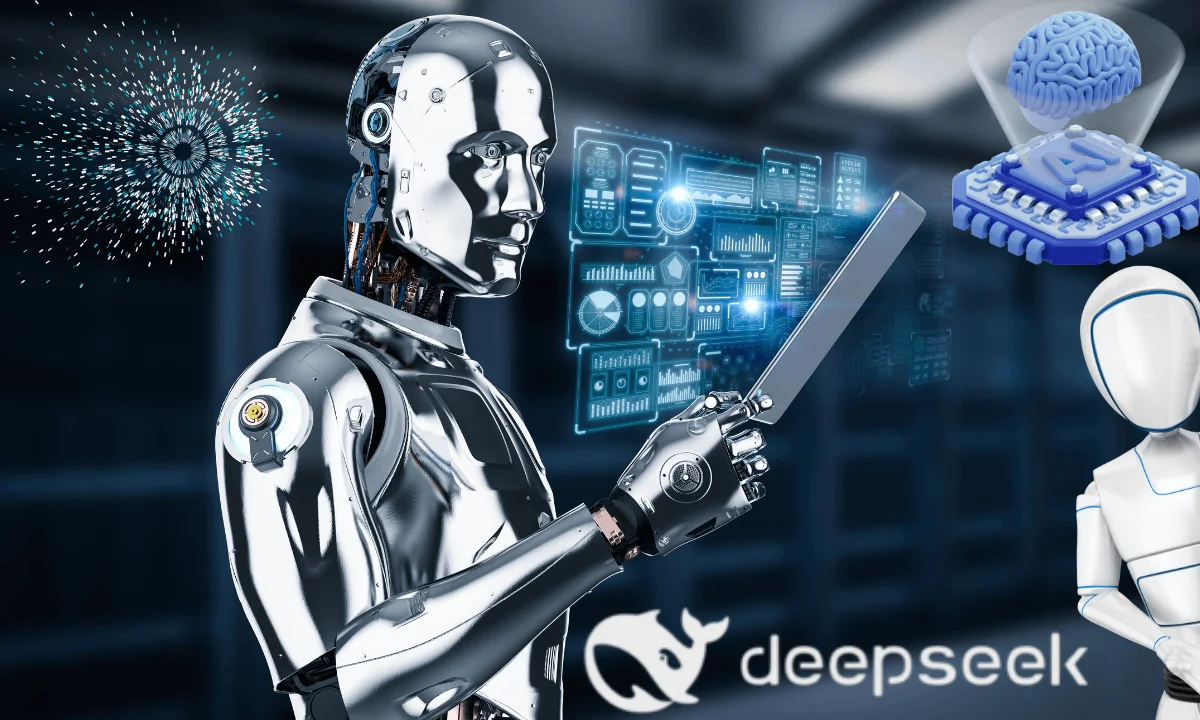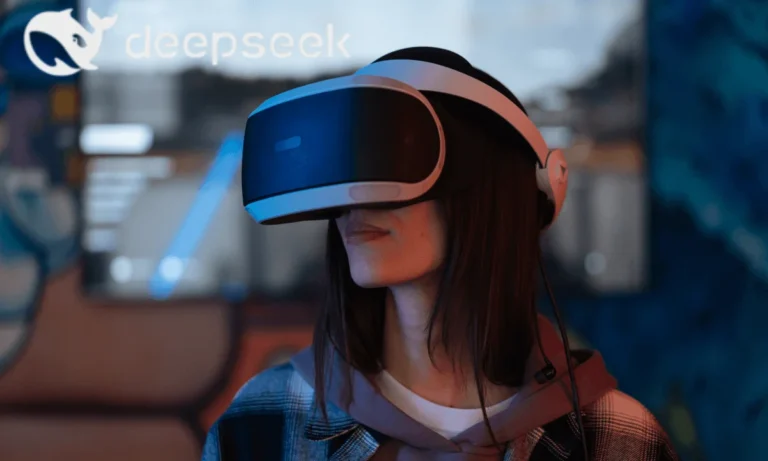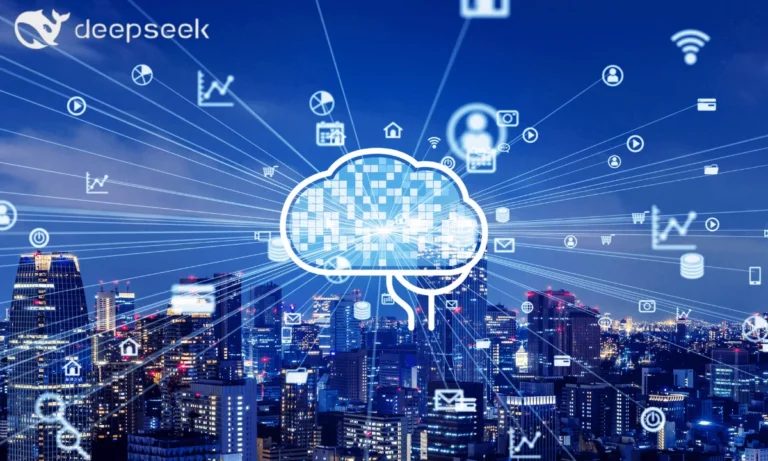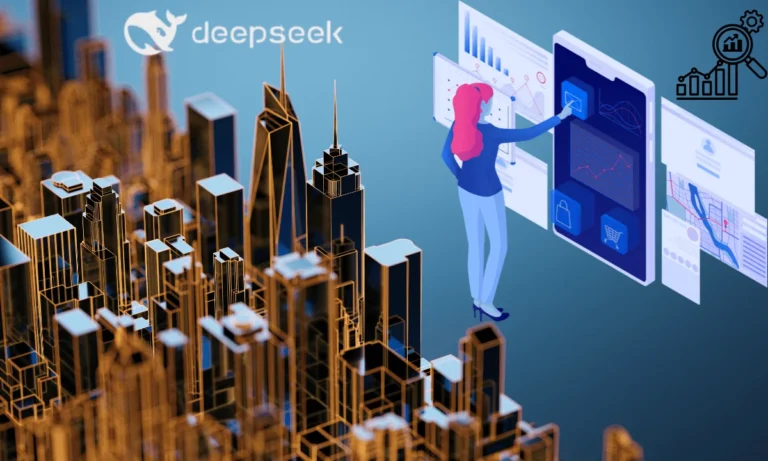DeepSeek AI’s Roadmap: Upcoming Features to Watch in 2025
DeepSeek AI’s Roadmap: In the ever-evolving landscape of artificial intelligence, DeepSeek AI has emerged as a pioneering force, pushing the boundaries of what AI can do. With 2025 on the horizon, developers, researchers, and enterprises are keeping a close eye on DeepSeek AI’s roadmap. The upcoming features and advancements are set to redefine AI applications across industries, offering more robust capabilities, enhanced efficiency, and broader accessibility.
In this article, we explore DeepSeek AI’s 2025 roadmap, highlight its most anticipated features, and discuss what they mean for the future of AI-driven innovation.
Introduction to DeepSeek AI
DeepSeek AI is a cutting-edge artificial intelligence company focused on developing open-source large language models (LLMs), code assistants, and developer tools. Known for its DeepSeek Coder and DeepSeek-VL (Vision-Language) models, the company has rapidly gained traction in the AI community. With an emphasis on transparency, scalability, and developer empowerment, DeepSeek AI continues to make major strides in multimodal AI, natural language processing (NLP), and generative AI.
Why DeepSeek AI’s Roadmap Matters in 2025
The year 2025 is poised to be a pivotal one for AI development. As competition intensifies among companies like OpenAI, Google DeepMind, Meta, and Anthropic, DeepSeek AI is positioning itself as a powerful open-source alternative. The planned upgrades and tools in the upcoming year will not only improve performance but also make AI more customizable, ethical, and affordable.
Let’s delve into the key features and updates in DeepSeek AI’s 2025 roadmap.
1. DeepSeek Coder 2.0 – Smarter Code Generation
One of the most anticipated launches is DeepSeek Coder 2.0, an upgraded version of their flagship code assistant. Building on the success of DeepSeek Coder 1.5, the 2.0 version will offer:
- Enhanced multi-language support, including Rust, Swift, Kotlin, and Go
- Context-aware code autocompletion using larger memory buffers
- Real-time collaboration features for team-based development
- Improved debugging capabilities using AI-based suggestions
This update aims to directly compete with GitHub Copilot and CodeWhisperer by providing a more open, affordable, and customizable experience for developers.
2. Multimodal DeepSeek-VL 2.0 – Text, Vision & Audio Combined
Currently, DeepSeek-VL enables vision-language understanding, allowing models to generate captions, identify objects, and interpret image-based queries. In 2025, DeepSeek-VL 2.0 will include audio integration, enabling full multimodal interaction:
- Text + Image + Audio Input/Output support
- Natural language audio querying (e.g., “Describe this image for the blind”)
- Real-time video frame processing and captioning
- Enhanced accuracy in cross-modal reasoning
This will expand the use cases to include content moderation, virtual assistance, and accessibility tools, especially valuable in healthcare and education sectors.
3. Private Model Hosting & Fine-Tuning
As privacy and data ownership become top priorities for enterprises, DeepSeek AI plans to launch self-hosting capabilities and custom fine-tuning options. Organizations will be able to:
- Host DeepSeek models on private infrastructure (on-premise or cloud)
- Fine-tune models on proprietary data securely
- Maintain compliance with GDPR, HIPAA, and other regulations
This feature will help organizations in banking, law, healthcare, and defense integrate AI into workflows without compromising confidentiality.
4. Smaller, Lightweight Models for Edge Devices
In 2025, DeepSeek AI is focusing on model optimization for edge computing. They aim to release compact versions of their models under 1B parameters, enabling:
- Offline use on mobile and IoT devices
- Faster inference speeds with minimal memory requirements
- Integration with microservices and smart hardware
This makes DeepSeek AI suitable for smart homes, autonomous vehicles, and wearable tech, where latency and bandwidth are constraints.
5. Open-Source Reinforcement Learning Environment
To promote AI safety and transparency, DeepSeek AI is developing a fully open-source reinforcement learning (RL) environment. This sandbox will be designed for:
- Testing reward alignment mechanisms
- Simulating real-world decision-making environments
- Benchmarking model safety, bias, and hallucination rates
Researchers and developers can use this environment to train ethical AI agents and publish reproducible results, enhancing community trust in LLMs.
6. Energy-Efficient Model Training Initiatives
In 2025, DeepSeek AI is investing in green AI research, aiming to reduce the carbon footprint of training large models. Their roadmap includes:
- Developing training techniques using quantization-aware distillation
- Leveraging sparse activation to reduce computational load
- Offering carbon-offset programs for hosted training runs
As the environmental impact of AI becomes more scrutinized, these efforts align DeepSeek with global sustainability goals.
7. Community Tools & Plugin Ecosystem
To foster an open ecosystem, DeepSeek AI is launching a plugin marketplace and SDK. These tools will enable developers to:
- Build and share plugins that extend LLM functionality
- Integrate external APIs with LLM outputs
- Create custom agent frameworks for chatbots, analysts, and decision-support tools
An open plugin system encourages a vibrant developer community, similar to what LangChain or AutoGPT has cultivated.
8. Multilingual Support and Low-Resource Languages
Global inclusion is another pillar of DeepSeek AI’s roadmap. In 2025, they plan to support:
- Over 100 languages, including low-resource and indigenous languages
- Native grammar, idioms, and cultural context handling
- Community-sourced datasets for improved localization
This push supports educational outreach, local journalism, and digital access for underserved populations.
9. Seamless Integration with Popular Platforms
To make AI adoption easier for businesses and individuals, DeepSeek AI is rolling out prebuilt integrations for:
- Microsoft Teams, Slack, Notion, and Trello
- VS Code, JetBrains IDEs, and Jupyter Notebooks
- Zapier and Make for workflow automation
These integrations enable users to leverage AI without needing deep technical knowledge, expanding usability across sectors.
10. Improved Alignment and Guardrails
DeepSeek AI is committed to building responsible AI. In 2025, expect to see:
- Better alignment with human values through RLHF 2.0
- Granular content filters for enterprise-grade safety
- Community-reviewed datasets to reduce bias and toxicity
With safety becoming a primary concern in AI deployment, these features will give organizations more confidence in deploying LLMs at scale.
Final Thoughts: What DeepSeek AI’s 2025 Roadmap Means for You
As DeepSeek AI unveils its roadmap for 2025, one thing becomes clear: this company is not just following trends—it’s shaping the future of AI. From smarter coding tools to multimodal models and ethical AI development, DeepSeek is addressing real-world needs with open-source accessibility and enterprise-grade solutions.
Whether you’re a developer, researcher, startup founder, or enterprise leader, DeepSeek AI’s upcoming features present tremendous opportunities to innovate responsibly. Staying updated on these advancements could give you a major edge in harnessing the power of next-gen artificial intelligence.
FAQs about DeepSeek AI’s Roadmap 2025
Q1: When will DeepSeek Coder 2.0 be released?
A: It’s expected to launch in Q2 2025, with beta access for existing users.
Q2: Will DeepSeek models remain open-source?
A: Yes, DeepSeek is committed to maintaining open-source licensing under Apache 2.0 for core models.
Q3: Is DeepSeek AI suitable for small businesses?
A: Absolutely. With upcoming lightweight models and plugin tools, even startups with limited resources can benefit.







